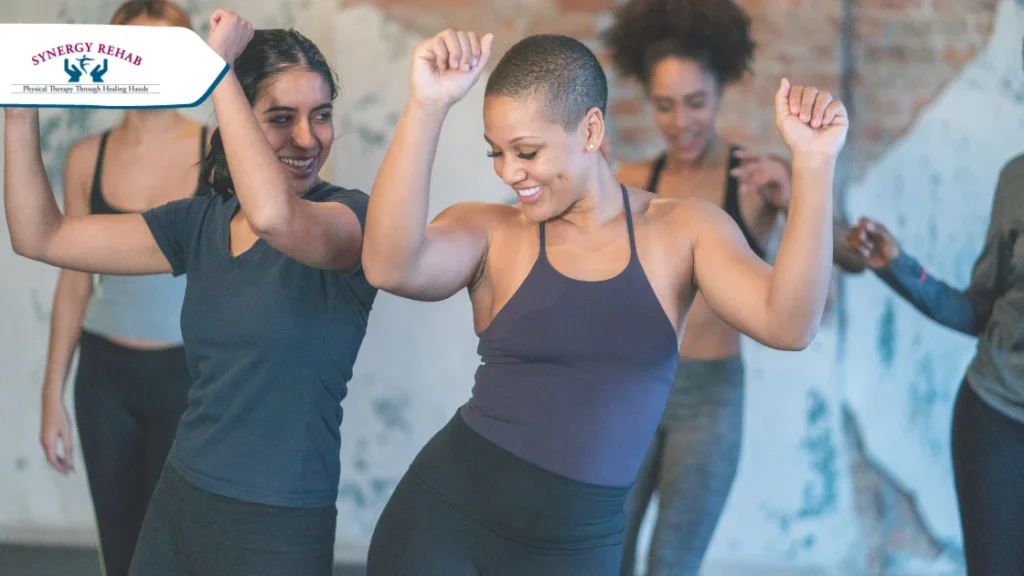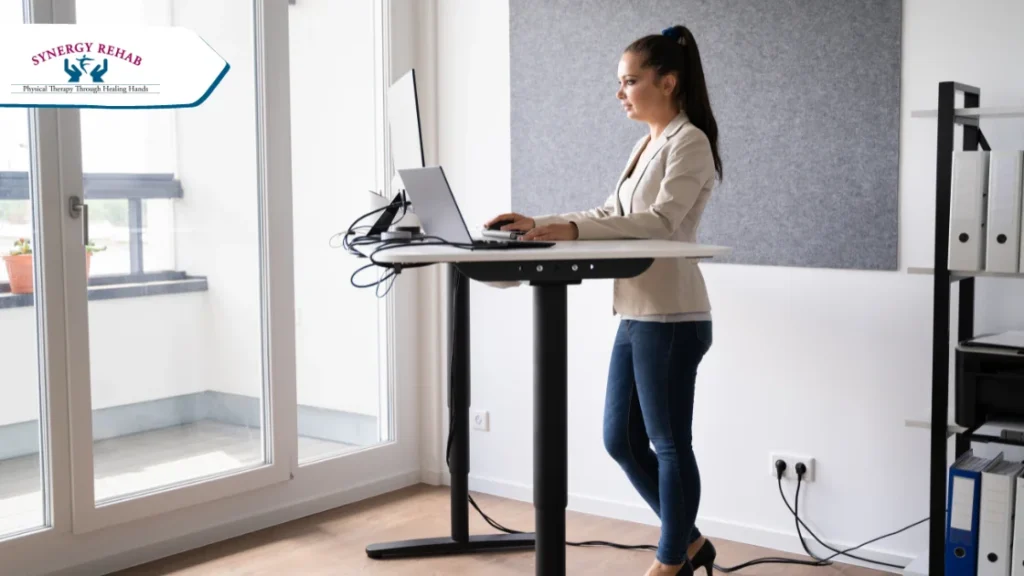While serving as a physical therapist in Southfield, I’ve seen firsthand the importance of maintaining both mental and physical well-being. The year 2024 presents new challenges and opportunities in this realm, and I’m excited to share five key tips to help you stay at your best while undergoing physical therapy.
Remember, as Joseph Pilates once said, “Physical fitness is the first requisite of happiness.”
Let’s dive into mental and physical fitness!
1. Mindful Movement: Integrating Mind and Body
Physical therapy isn’t just about healing; it’s about holistic well-being. A study published in the Journal of Physical Therapy Science emphasizes the benefits of integrating mindful practices like yoga or Tai Chi into your routine. These disciplines help in managing physical therapy for back pain and neck pain, not only by strengthening and stretching the body but also by bringing a sense of mental calm and focus. Incorporating these practices can aid in improving body awareness and reducing stress. Also, Yoga is the best mental health therapy.

Tip: Dedicate a few minutes each day to mindful movement. Even just 10 minutes can make a difference.
Why It Works: According to a study published in JAMA Internal Medicine, mindfulness and meditation can help ease psychological stresses like anxiety, depression, and pain.
Quote to Remember: “The thing about meditation is: You become more and more you.” – David Lynch
2. Regular Physical Activity Along with Physical Therapy: The Backbone of Wellness
Consistent physical activity is crucial. It’s not just about intense workouts; even moderate activities like walking or swimming can make a huge difference. The American Heart Association suggests at least 150 minutes per week of moderate-intensity aerobic activity for overall cardiovascular health. Regular exercise helps in managing back and neck pain by strengthening the muscles that support these areas, thereby reducing strain and discomfort.

Tip: Engage in physical activities that you enjoy. It could be anything from brisk walking to swimming or even dance classes.
Why It Works: Physical activity is not just about physical therapy for back pain or neck pain. It’s a proven stress reliever and mood booster. The American Heart Association recommends at least 150 minutes of moderate-intensity aerobic activity each week for adults.
Quote to Remember: “Movement is a medicine for creating change in a person’s physical, emotional, and mental states.” – Carol Welch
3. Ergonomic Adjustments: Your Workspace Matters
With many of us spending hours at our desks, ergonomic adjustments are more important than ever. A research article from Applied Ergonomics highlights how proper ergonomic setups can significantly reduce the risk of neck and back pain. Consider a standing desk or an ergonomic chair, and ensure your computer screen is at eye level to avoid slouching.

Tip: Regularly adjust your sitting position. Changing your posture throughout the day can help prevent muscle stiffness and fatigue and improve physical fitness. For instance, alternate between sitting and standing if you have an adjustable desk.
Why It Works: Ergonomic adjustments work by aligning your body in a natural position that reduces stress on your spine, muscles, and joints. When your workspace is set up correctly, it minimizes the unnatural strain on your body, which is a common cause of workplace-related musculoskeletal disorders.
Quote to Remember: “Design is not just what it looks like and feels like. Design is how it works.” – Steve Jobs.
4. Balanced Nutrition: Fuelling Your Body and Mind
Nutrition plays a pivotal role in physical and mental health and wellness. As Hippocrates said, “Let food be thy medicine and medicine be thy food.” A balanced diet rich in anti-inflammatory foods can help in managing pain and promote overall health. Incorporating omega-3 fatty acids, found in fish and flaxseeds, and antioxidants, found in fruits and vegetables, can be particularly beneficial for those dealing with chronic pain.

Tip: Hydration is key to physical fitness. Drinking enough water throughout the day aids in digestion, absorption of nutrients, and elimination of waste. Staying hydrated can also help in reducing pain flare-ups and improving cognitive function.
Why It Works: A diet rich in anti-inflammatory foods and sufficient hydration works by reducing inflammation in the body. Chronic inflammation is often linked to a host of health issues, including chronic pain. Foods rich in omega-3 fatty acids and antioxidants help to combat this inflammation, while proper hydration ensures that nutrients are efficiently transported throughout the body and waste products are removed.
Quote to Remember: “You are what you eat, so don’t be fast, cheap, easy, or fake.”
5. Quality Rest and Sleep: The Foundation of Recovery
Never underestimate the power of good sleep. The National Sleep Foundation outlines that adults need 7-9 hours of sleep per night for optimal health. Quality sleep is essential for the body’s healing and recovery processes, especially when undergoing physical therapy. It’s during sleep that the body repairs muscle tissue and restores energy levels.

Tip: Create a restful environment. Ensure your bedroom is conducive to sleep — cool, dark, and quiet. Consider using blackout curtains, eye shades, earplugs, or “white noise” machines to block out disturbances.
Why It Works: Quality sleep works as a restorative process for both the mind and body. It helps consolidate memories and allows the brain to ‘clean house’. Physically, during the deeper stages of sleep, the body releases hormones that stimulate tissue growth and repair blood vessels, aiding in the recovery of muscles, reducing inflammation and improving overall physical health.
Quote to Remember: “Sleep is the best meditation.” – Dalai Lama.
Let’s Focus on 2024 for Better Mental and Physical Well Being
In 2024, let’s focus on these holistic approaches to wellbeing. As your dedicated physical therapist in Southfield, my goal is to guide you through a journey that not only addresses specific pain points like back or neck pain but also enhances your overall quality of life. Remember, wellness is a journey, not a destination. Let’s make this year your healthiest yet!For those seeking specialized guidance, especially in areas like physical therapy for neck pain or back pain, don’t hesitate to reach out Synergy Rehab. I’m here to support your journey towards a healthier, happier you.



